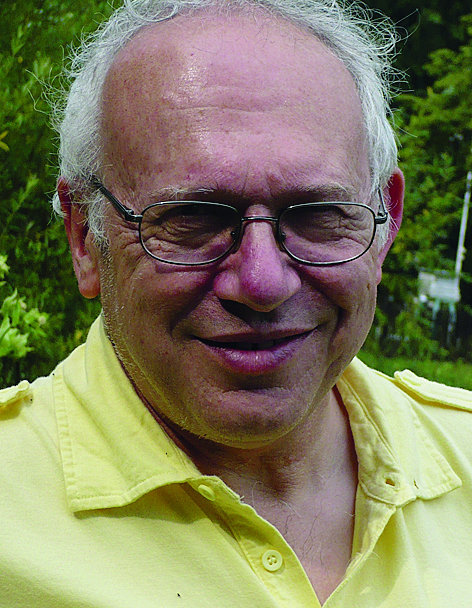That music has frequently been exploited to bolster the power and prestige of the monarchy is widely acknowledged.
Probably the best-known example comes in the scale of musical activities that took place at the court of Versailles, not least those extravagant opéra-ballets by Lully that glorified the reign of ‘the Sun King’, Louis XIV.
Although no British monarch may have supported such lavish musical projects as their French counterparts, they have nonetheless recognised the vital role music plays in enhancing the most important ceremonial events in the royal calendar.
Undoubtedly, the most salient instance of music and the monarchy working together in fruitful partnership comes in the coronation service held in Westminster Abbey dedicated to the coronation of a new monarch.
Looking at the most substantial repertoire featured at British coronations over the past 300-or-so years, it becomes self-evident that Handel set the bar exceptionally high.
Commissioned to write four coronation anthems for the enthronement of George II in 1727 – which were performed alongside venerable works of ceremony by composers such as Tallis, Gibbons, Blow and Purcell – the great composer, recently awarded British citizenship, pulled out all the stops, producing works that were musically inspired and theatrically immediate.
Indeed, the mesmerising impact of Zadok the Priest, the first of these coronation anthems, was so immense that it became a permanent fixture of all future coronation services. Furthermore, the effective stranglehold exerted by Handel’s anthems over the music performed at subsequent coronations was such that it took nearly 200 years for any new works by other composers of significance to be featured.
This change took place in 1902 at the Coronation of Edward VII. Apart from introducing the premiere of Parry’s stirring anthem I was glad, which captured royal affections almost to the same extent as Zadok the Priest, the orchestral repertoire preceding and following the service was surprisingly eclectic, including a specially commissioned Coronation March by Saint-Saëns as well as other celebratory marches by Wagner and Tchaikovsky that perhaps reflect some sort of kinship at that time with the German Kaiser and the Russian Tsar.
There were many similarities in programming between this event and the Coronation of George V in 1911, with marches by Tchaikovsky and Wagner once again preceding the service. Parry presented a substantially revised version of I was glad and Elgar made an important contribution with his beautifully wrought offertorium O hearken Thou.
A far greater variety of British music was highlighted in the service for the coronation of George VI in 1937: vocal works from the Renaissance by Byrd and Gibbons rubbed shoulders with much more recent fare from Vaughan Williams and Dyson. But once again it was the wide variety of orchestral works preceding and following the service that captured the attention. New works by Howells and Walton featured along with Elgar’s Pomp and Circumstance March No. 4, the finale to Brahms’s First Symphony and, perhaps most improbably of all, Musorgsky’s Prelude to Khovanshchina.
In sharp contrast, and perhaps in keeping with a spirit of post-war optimism, only music by British composers was performed at the coronation of Elizabeth II in 1953. As in 1937, Elgar’s Pomp and Circumstance March No. 4 provided a rousing conclusion, but the orchestral music preceding the service covered a wider spectrum of moods, ranging from Walton’s brashly upbeat and newly composed Orb and Sceptre to Ireland’s darker coloured Epic March.
